What I love most about ’70s style is how feminine and free it can be.
Like most decades, there were a variety of trends born in a decade where Vietnam war ended and disco dancing, feminism and outsourcing of clothing and goods began.
There was the overflow of mod styles from the rebellious ’60s, there was the peace-love-brown rice passions of war protestors, the leisure suits of the too-cool-for-school dudes, the tight jumpsuits of the dancing divas, and more. It truly was a potpourri of an era, where similarly to the ’80s, the motto “anything goes” was accurate and accepted.
The ’70s was an era where individuality was beginning to be emphasized — where you could be one of many styles and still technically be “following ’70s trends.”
So do you think you have bohemian style? Chances are you do – be it fashion, lifestyle or both.
Being a free spirit isn’t always easy, though. Comment away on how you live a bohemian lifestyle, and what aspects of this anti-society way of being appeals to you or is difficult for you. Free spirits, unite!
xo, Sammy
Table of Contents
1. Why I Love Bohemian ’70s Style
2. What is Bohemian Style?
3. Who Made Bohemian Style Popular in Modern Culture?
4. Why Was Bohemian Style Popular in the ’70s?
5. My Bohemian Look
6. 1970s Bohemian Style Video
7. More Bohemian Styles
8. Where to Buy Bohemian ’70s Styles
9. More on 1970s Style
Why I Love ’70s Bohemian Style
My favorite ’70s trends are the lovely bohemian ones. These styles delicately walk between laid back and ladylike … as if to say, “I am a lady, but I am also comfortable, and I am confident enough not to wear tight clothes while still rocking a dress and feeling sexy.”
One of the most influential designers of the bohemian ’70s fashion trend was Gunne Sax. Search on eBay or Etsy for Gunne Sax today and you will find a plethora of dresses which are quite nicely priced for the vintage fashion market (normally $100 and up). In other words: If you thrift a vintage Gunne Sax dress, you’ve achieved quite the score and can most likely resell it for a profit.
And that’s exactly how this 1970s Gunne Sax style (meaning, it’s not authentic Gunne Sax) white dress makes me feel. It makes me feel like a W-O-M-A-N, while still free enough to be loose, relaxed and wearing flats! This dress epitomizes a style that so many woman chose in the ’70s when feminine freedom teetered between “career woman” and “hippie chic who lives outside of the box.”
While I’m not career woman, I’m also not a fan of looking unprofessional, sloppy and too easygoing in my sense of style. Which is why this dress is such a perfect blend for the woman whom is a little bit of everything: a feminine priestess who stands strong for herself and her world. She is educated, she is kind, she is passionate. She has a mission and a legacy statement, and it’s quite literally worn on her as free-flowing, sensual but sophisticated style.
So What Is “Bohemian Style”?
The origin of bohemian style is mixed. Some say it began with the gypsies, men and women whom traveled throughout Central Europe and due to their on-the-road lifestyle, would wear numerous pieces of clothing which were loose (i.e. no corsets or constraining undergarments) and individual, since they were a piece of society which did not follow the trends of the affluent or aspirational. In a way, the gypsies were like the first fashion bloggers: unique and self-made.
However, the gypsies were choosing to be “boho” because it was convenient and because in all honesty, they didn’t care one bit about “following the trends.” They were technically nomadic refugees, escaping the hard lives of their former countries. Because they were not patriotic to one place, they didn’t need to assimilate. They only needed to do what felt right for them.
The word “gypsy” itself is derived from the French word bohémien, which means gypsy. Hence the interchangeability of the word “boho” and “gypsy” as describing a woman or man with style of loose layers, ruffles, free flowing clothing, convenient bags and purses to their sides or backs, hats, jewels and a potpourri of pieces which, when blended together, create a “less kept” look than the status quo may desire.
Today, bohemian style is popular because it is a trend. It is a trend to seem anti-society and, in a nutshell, like someone who doesn’t report to a corporate job everyday and “follow all the rules” dictated to them by their parents.
Bohemian individuals were described in 1862 by the Westminster Review as “simply an artist or littérateur who, consciously or unconsciously, secedes from conventionality in life and in art.” This “conventionality” was different era by era and century by century, so the true description for “boho” style cannot be pinpointed without comparison to what’s currently status quo.
Who First Made Bohemian Style Popular in Modern Culture?
Above, Vanessa Bell, fellow bohemian with her sister Virginia Wolf
When she entered her own adulthood in the 1910s of the 20th century, author Virginia Woolf decided that “everything was going to be new, everything was going to be different,” according to the 2002 biographical book on the bohemia lifestyle of Woolf and her sister, Bell, “Among the Bohemians.”
Woolf’s declaration was not about becoming a grown-up, per say, but about deciding to navigate her own life’s journey against the formal, frivolous and downright snobby expectations of her parent’s Victorian generation.
Her rebellious efforts included but were not limited to dressing against Victorian norms (no tight undergarments which were more self-destructive than self-loathing), non-monogamous relations and even subtle shifts in lifestyle, such as not having a perfectly decorated table or home.
The bohemian rebellion of the 1910s and 1920s was a quiet revolution in comparison the wild & wondrous era of the 1920s flapper. It did, however, lay the foundation for what was to come – a more open, adventurous and autonomous generation who found faith and direction in leaving the past behind … for good.
Above, Virginia Wolf, writer and bohemian changemaker
Why Was Bohemian Style Popular in the ’70s?
The ‘70s was the era when women began to take their power back. While the ’60s presented seemingly scandalous trends (the mini skirt, bright patterns, chain metal tops, etc.) the ’70s allowed a woman to be a nomad gypsy (as the true origin of being a bohemian suggests) in whatever manner she so pleased.
This could be going to work. This could be burning her bra. This could be using birth control. This could be choosing not to marry. This could be choosing to have sex before marriage. This could be in “being the boss.” This could be, at least as this article suggests, in her fashion.
So to choose bohemian style is to choose her own life. It is to say, “I am adventurous, I am spirited, I am free.” Free to be me, free to choose me. That is what the era of the 1970s gave the woman of that time: permission to break away from the norm.
So, why was bohemian style popular in the ’70s? Because for the first decade since the ’20s, women were breaking free of the mold and defining their own path in the world as a working woman, wife, lover, mother, and as a stylist of their image to the world.
Bohemian style was originally for the unconventional in life and in art, therefore it only made sense that a woman choosing her own path would take on the drapery and stylistic delights representing those whom found their own way.
Modern Boho Style Icon: Janis Joplin
Source: Young & Thrifted
Janis Joplin was perhaps the queen of boho in the ’60s and posthumously in the ’70s before her too-soon death in 1970.
Her array of colors, fabrics, layers and accessories was in rebellion to the perfectly coordinated, matching and society-created “sexual” styles of the ’60s.
Janis did not show her legs or wear mini skirts. In fact, it’s hard to find a photo of her on the internet wearing a dress at all. Rather, she wore pants, most commonly worn by men in that era. She wore big shaggy coats instead of fitted Princess ones. She added head scarves to her unkempt hair for adornment. She was layered in thrifted and secondhand goods which she found at charity shops on the road.
Janis did everything counterintuitive to what the trends were saying at the time … therefore she was “boho” in her style. Ironically, her style became trendy and rather than unconventional, grew to become somewhat of a conventional thing for teens and 20-somethings experiencing the era and its fashion freedoms.
Source: Belgian Fashionista
Source: Viva La
Want to achieve bohemian ’70s style for your modern life? Here’s my own personal take on the look and ideas on where to buy that will inspire the feminine vintage flow in you.
My Bohemian Look: Gunne Sax Style White Dress & ’70s Style Sunglasses
Photos shot in New Orleans by my love Oscar Furtado
1970s Bohemian Style Video
More 1970s Bohemian Styles
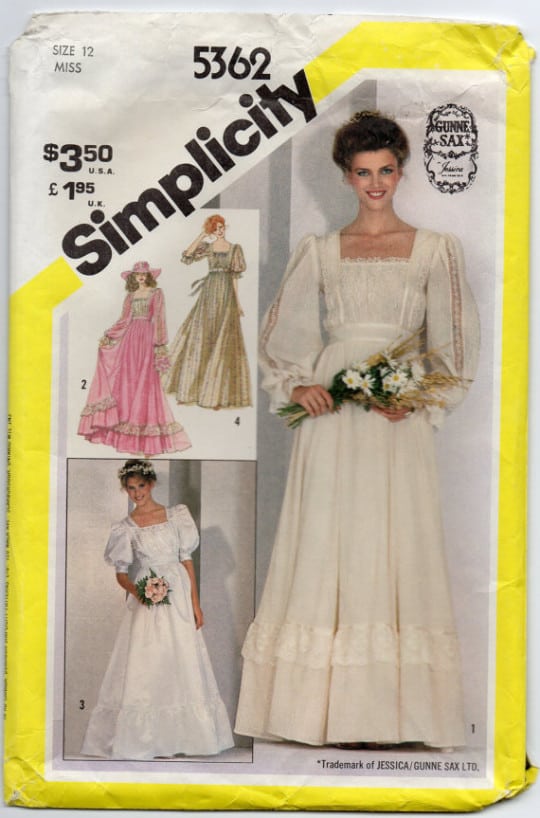
1970s Gunne Sax sewing pattern
All above: authentic vintage ’70s Gunne Sax or Gunne Sax style dresses. See below for ideas on where to buy similar styles.
Lana Del Rey wearing a vintage Gunne Sax dress while performing.
Where to Buy 1970s Bohemian Dresses
Search eBay for 1970s bohemian dresses and Gunne Sax style dresses
Search Etsy for 1970s bohemian dresses and Gunne Sax style dresses
Search Wanelo for 1970s bohemian dresses and Gunne Sax style dresses
More on the 1970s Style Era
Everything You Wanted to Know About the ’70s
1970s Dresses That You’ll Love
Where to Buy the Best ’70s Fashion
Who Were the Fashion Icons of the ’70s?
PLUS: The Best ’70s Vintage Fashion Educational Video I’ve Ever Seen

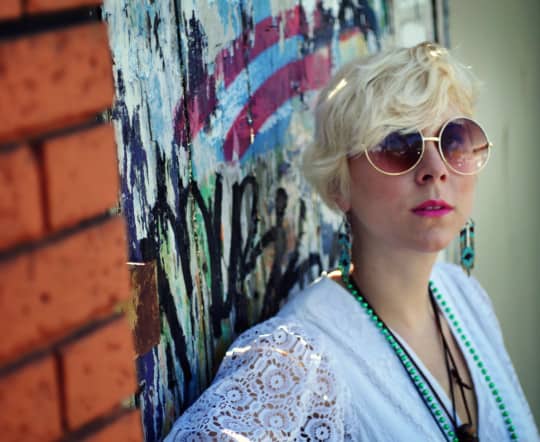
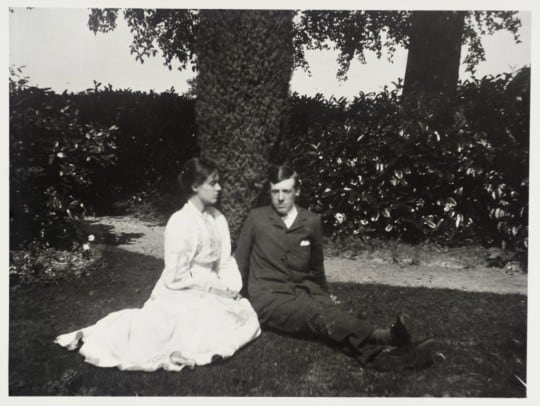
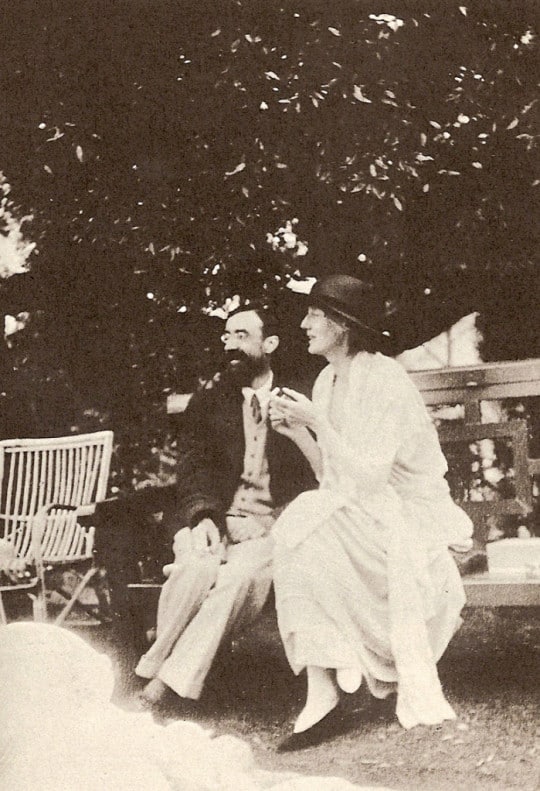
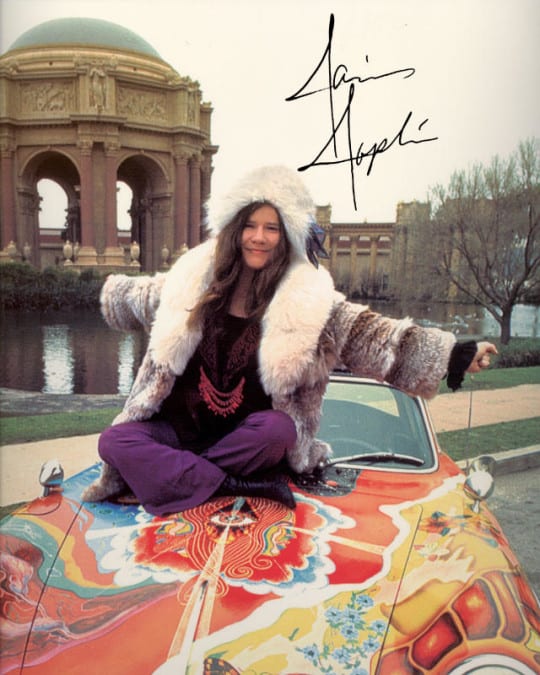
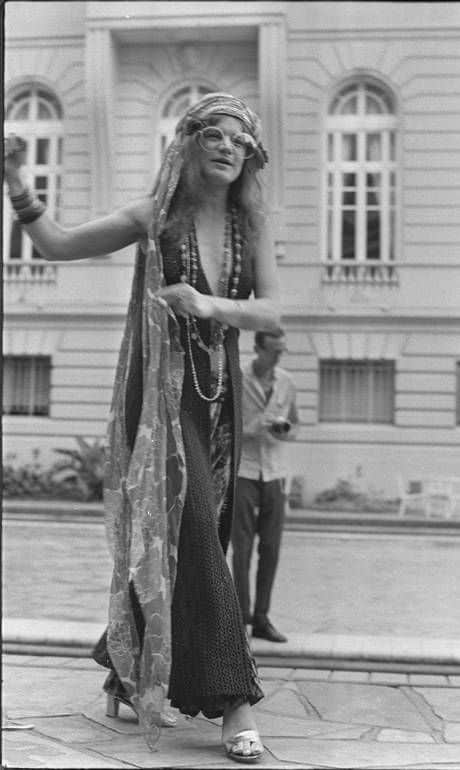
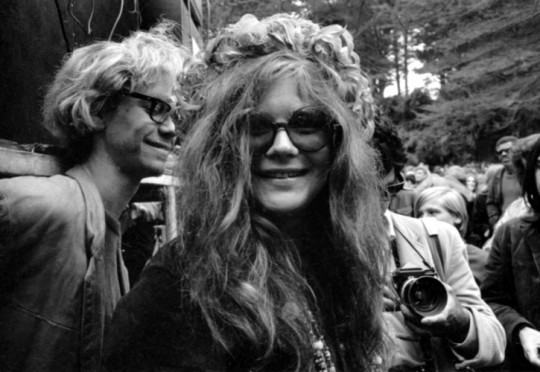

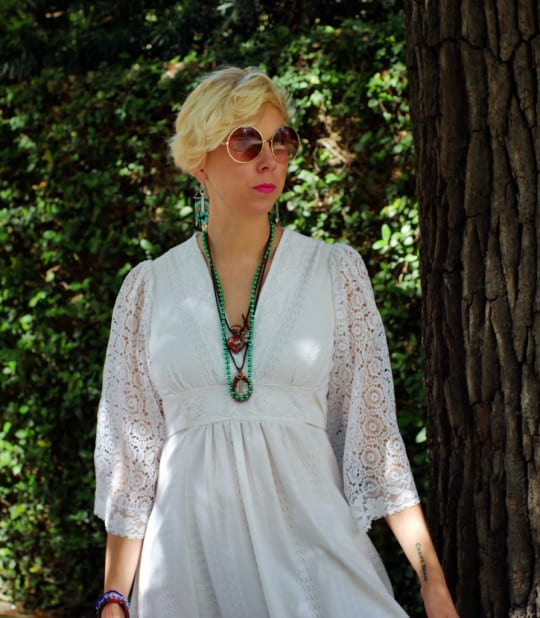
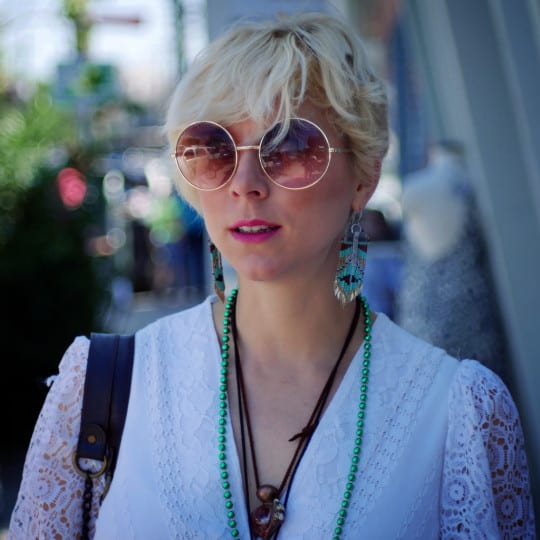
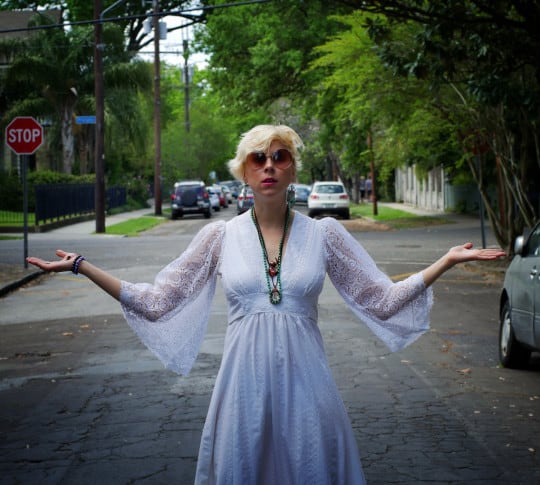
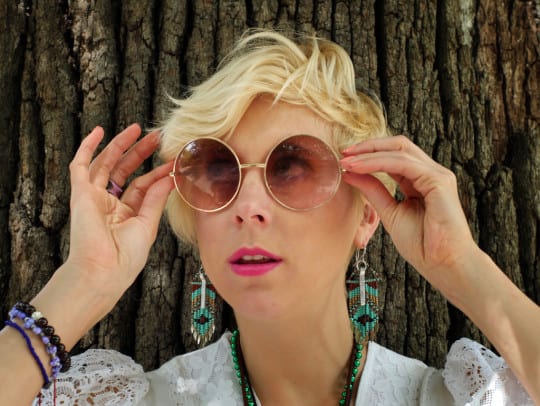
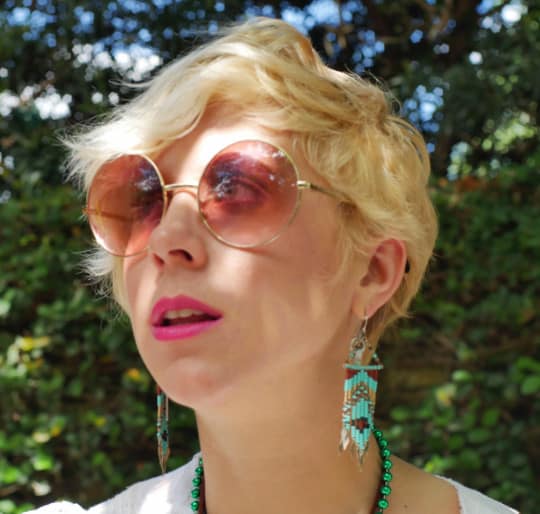
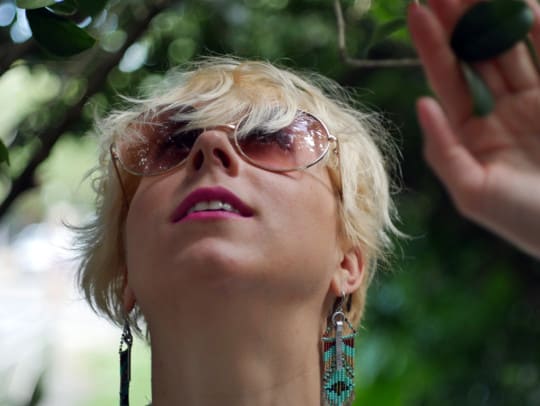
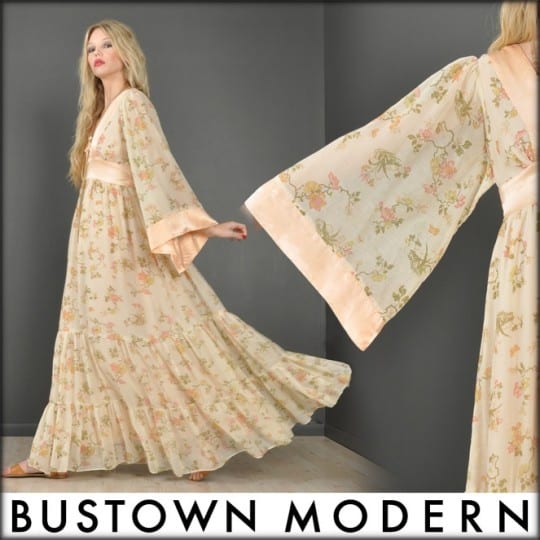
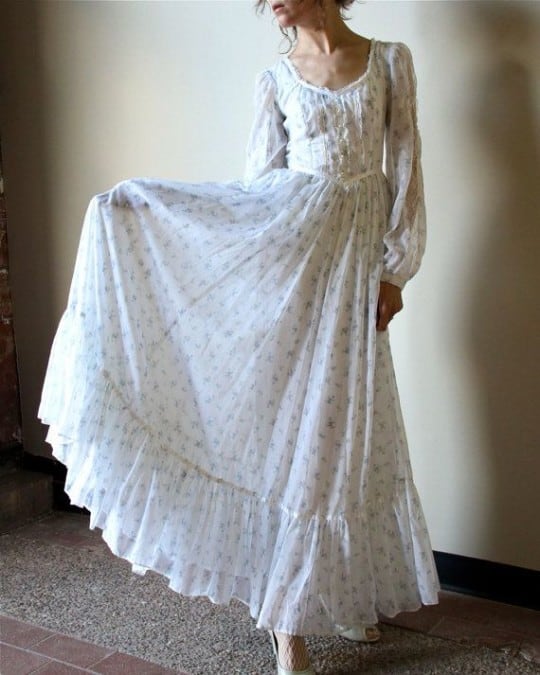

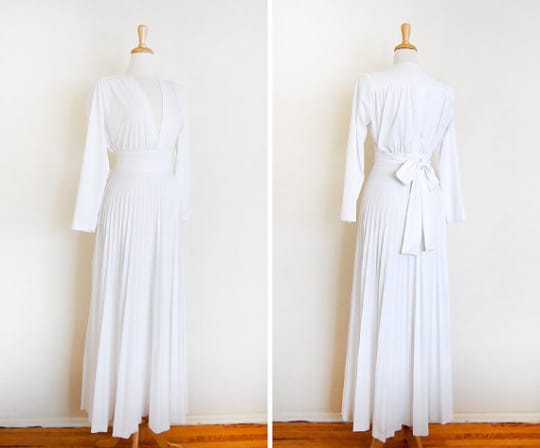
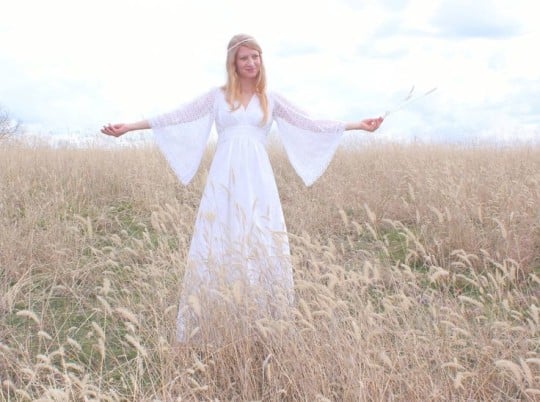
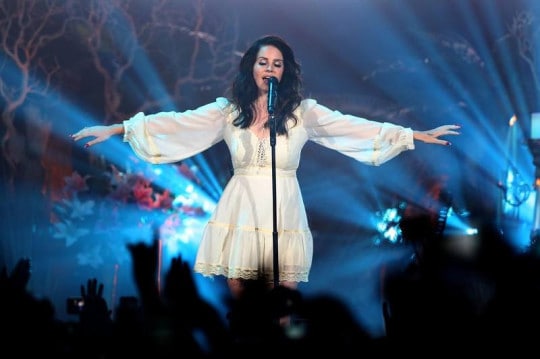
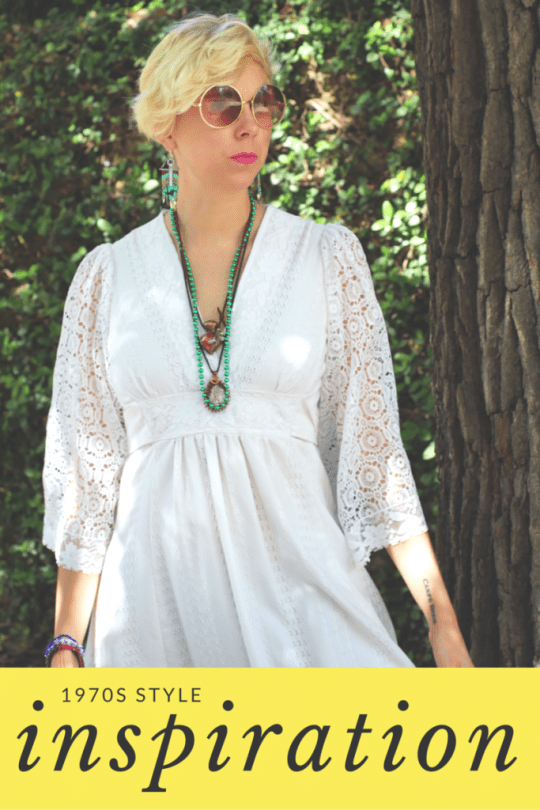
Hey sammy! I’ve been recently doing a quite a lot of research on the bohemian style. Honestly, after surfing through a million other websites I found this article of yours. It is really informative and to the point. basically Everything I wanted to know.
love and Light
P